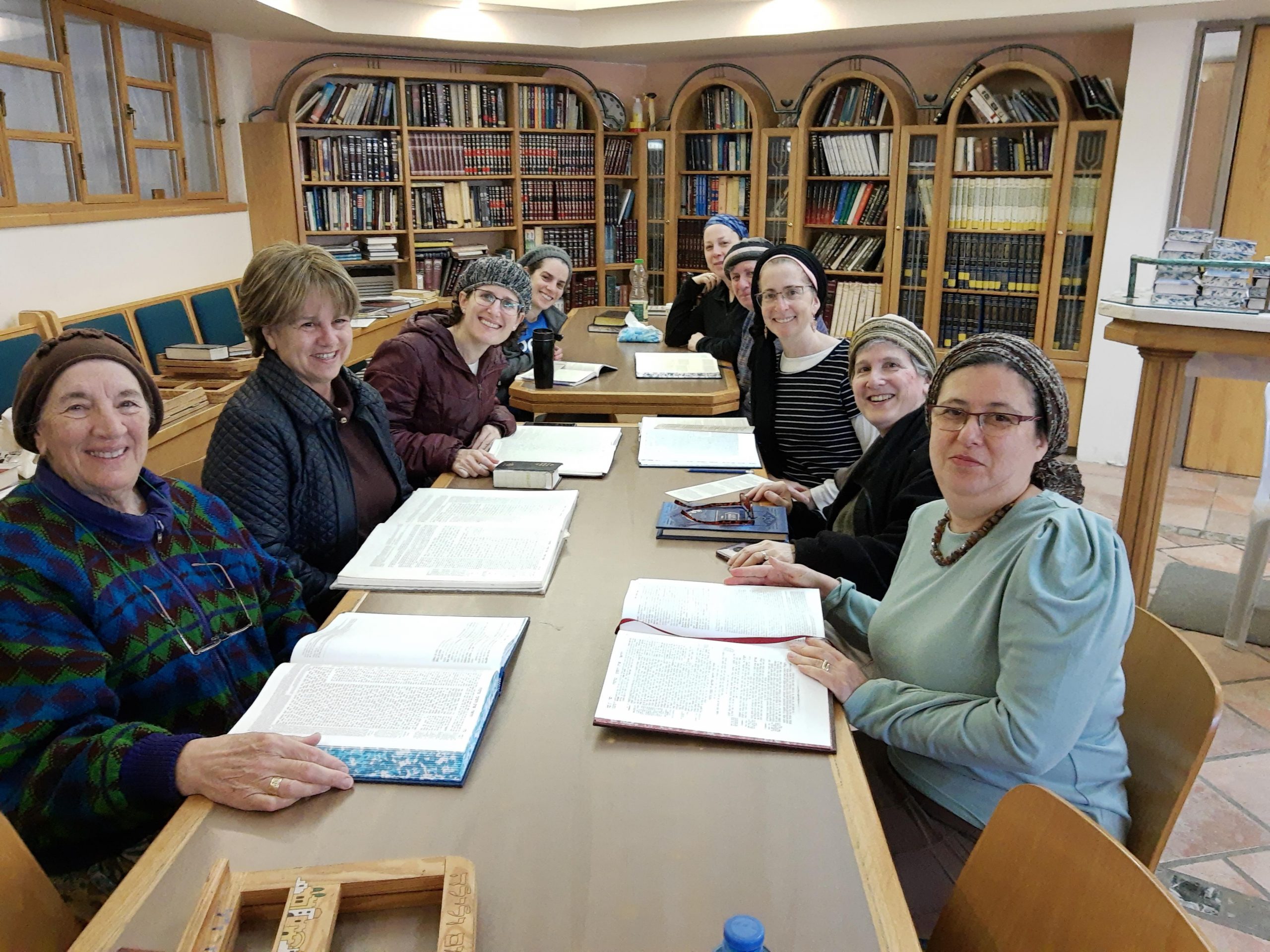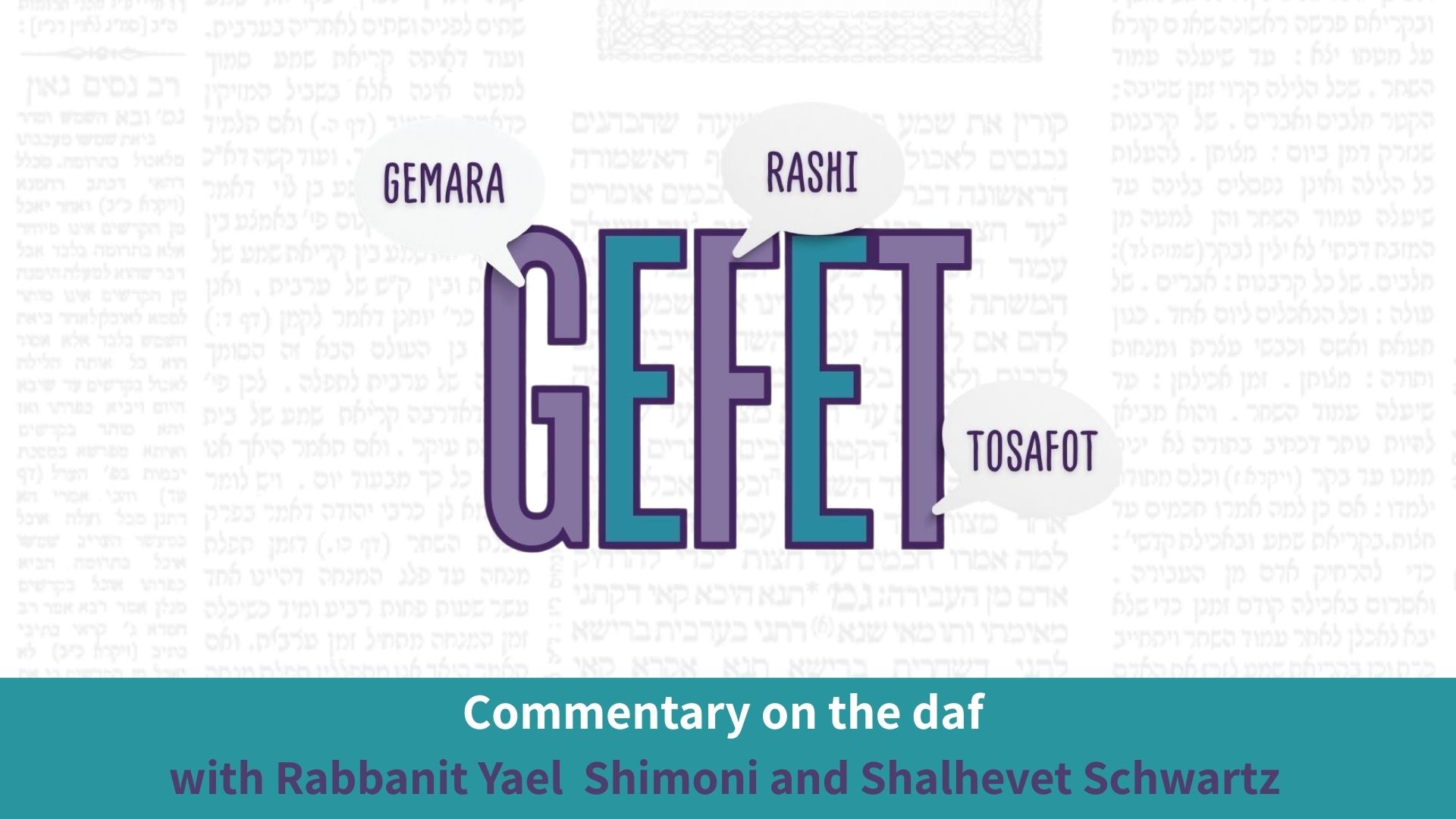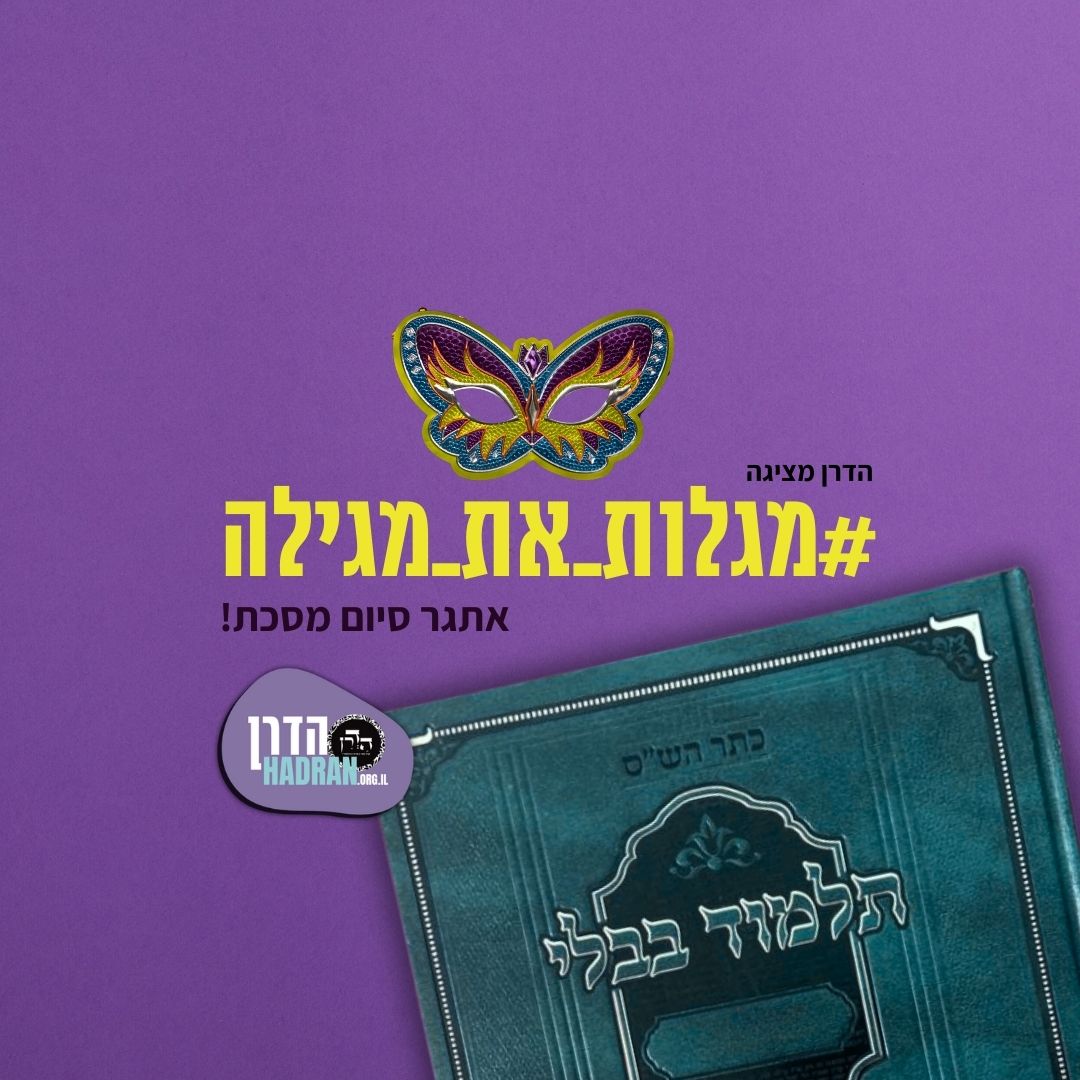Taanit, Daf 16, Teachers: Susan Suna & Dena Rock
Review of the Daf by Susan Suna
Our Daf answers the questions how and where the special prayer service for rain takes place, who should be chosen to lead the prayer services and what prayer should be said during the community fast day for rain. We start the Daf with a discussion regarding where the prayer should take place. While it is agreed that we should leave the comfort of our synagogue, according to Rabbi Ḥiyya bar Abba, we should pray in public, since our private prayers in the synagogue went unanswered. By praying in public, it becomes known to all who see us that Hashem didn’t answer our prayers. Reish Lakish claims that we need to be exiled from our own synagogue and that exile, whether we pray elsewhere indoors or outdoors, is what will bring atonement.
To humble ourselves before Hashem, we wear sackcloth made from animal hair to show that like animals we no longer have the special relationship with Hashem of השגחה פרטית according to the Meiri. The Ben Yehoyadah says that by wearing sackcloth we are asking Hashem to have compassion on us as he does on animals who don’t have any merits. Furthermore we take the Torah and its ark out to the street with us and we put dirt or ashes on it and on our foreheads at the place where the Tefillin is placed. If it is ashes then in addition to humbling ourselves and showing that we are lowly like dirt or ash, it is to remind Hashem of Akedat Yitzchak which we also recall on Rosh Hashanah as we pray to Hashem to answer our Tefilot and forgive us for our transgressions.
In addition to moving out of our Shul, part of the ceremony takes place in a cemetery. There is a dispute as to whether it includes both a Jewish as well as non-Jewish cemetery. By going to the cemetery, we express our feelings of abandonment by Hashem. Since Hashem didn’t provide rain, we are suffering from a drought. Therefore we feel as though we are like the dead to him. Another opinion is that we go to a Jewish cemetary to let the dead know that we are suffering and they will then pray to Hashem on our behalf. We are asking our ancestors to pray for us.
The ceremony begins with an Elder, wise person or a person of stature rebuking the people for having sinned. The ensuing prayer service was led by a person who Rebbi Yehudah says should be one who cannot sufficiently provide for his dependent children. He will feel the importance and necessity of the Tefilah and pray earnestly. The Baal Tefillah’s other attributes should include already having a good name in his youth, being modest and being accepted by others. It is important that he has a pleasant voice and knows both the prayers and Tanach well. Because finding one person with all these attributes may be difficult, the Gemara points out that it is possible as such a person was found in their time and that was Rav Yitzḥak bar Ami.
The prayer service includes 6 additional blessings within the Shemona Esrei and the blessing Redeemer of Israel is lengthened which is why some consider there to be a total of an additional 7 blessings. Each of these blessings ends with the request that Hashem answer us as he answered the specific Tzaddik before us. For example, inserted into the ending of the blessing, Redeemer of Israel, is: He Who answered Abraham on Mount Moriah, He will answer you and hear the sound of your cry on this day. Blessed are You… Redeemer of Israel. Between this blessing and the blessing for healing the ill, the other 6 blessings are added. At the end of each blessing the congregation said Amen. In the Mikdash they said ברוך שם כבוד מלכותו לעולם ועד. And then the Chazan HaKnesset, the person we would call the Gabbai, would tell the Kohanim to blow Shofar.
As they were discussed in the Mishna on the previous Daf, I will not go through all the blessings here. They are heartfelt requests for Hashem to answer our Tefilot as he did to others throughout our rich history. We are the descendants of those whom Hashem answered. We are part of the same nation. We are beseeching Hashem to hear our Tefillot and awakening within ourselves the sparks of Tshuva as we turn towards Hashem during our times of trouble.
In memory of HaRav Gideon Perl Z”L who for many years served as the Rav of Alon Shvut and taught Daf Yomi for more than 50 years. It is his wisdom that enabled the founding of our Women’s Daf Yomi Shiur. יהי זכרו ברוך










